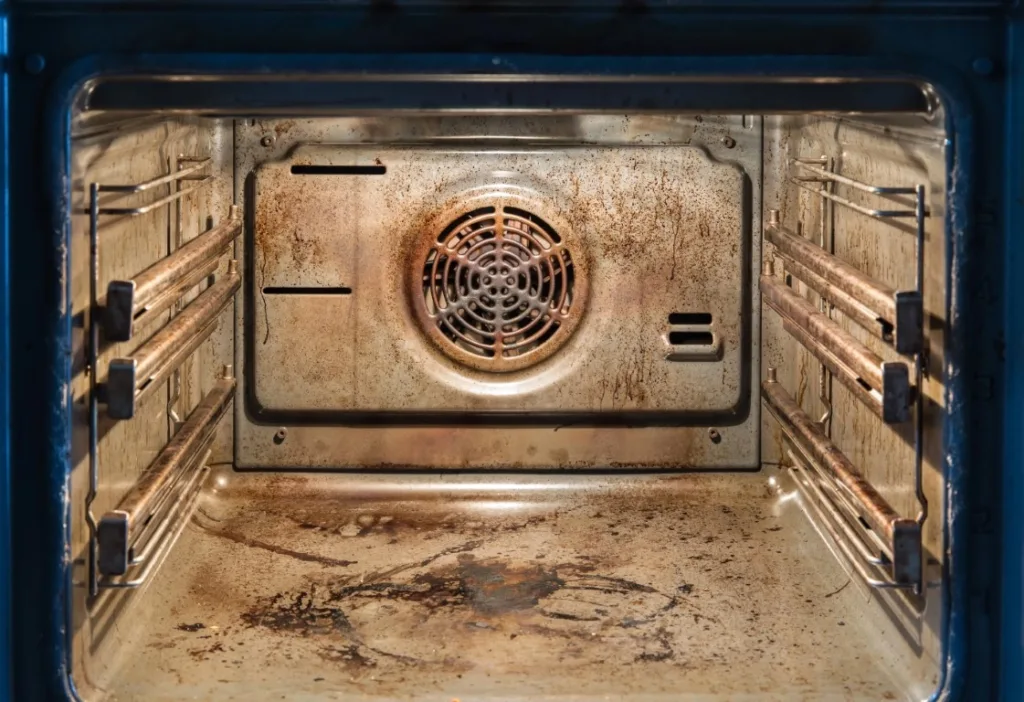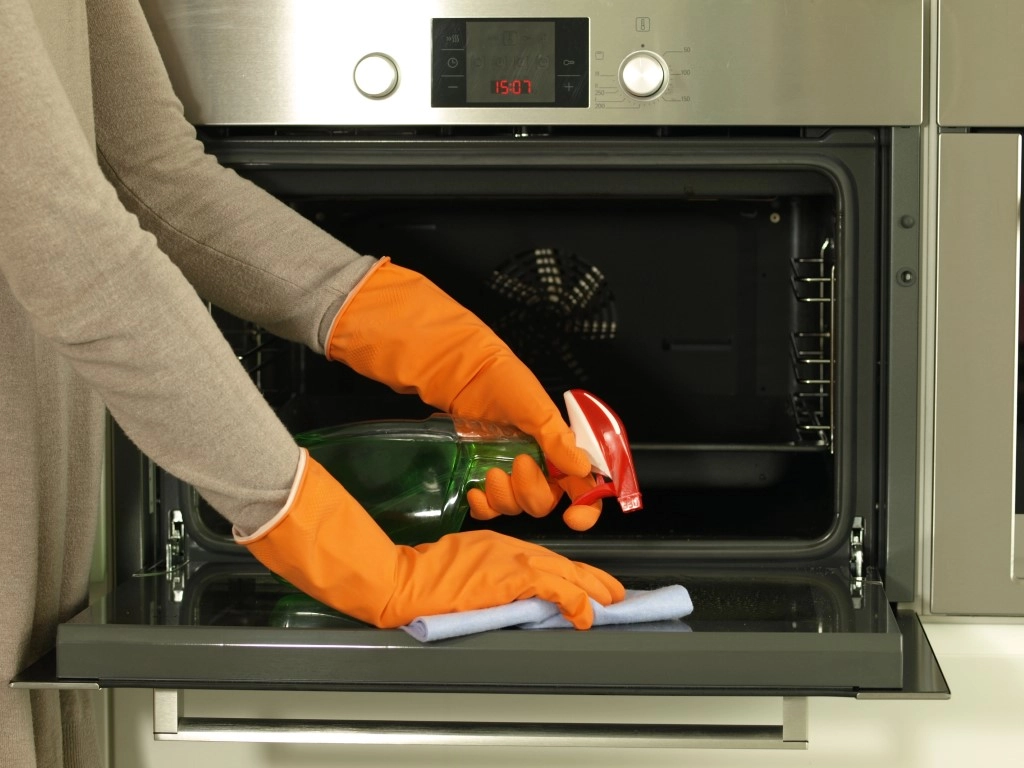
Fall has arrived, which means Thanksgiving is just around the corner. As you plan your menu, stock up on food, test out new recipes, and send out invitations to your loved ones, there’s one crucial step you may have forgotten about: self-cleaning your oven.
For many people, the “self-clean” button on the oven is rarely thought about. The truth is that the self-clean option is an incredibly useful feature, especially before a big event like Thanksgiving. In this blog post, we’ll discuss what the self-clean button actually does, some guidelines for use, and why you should take advantage of it before Thanksgiving this year.
What Does the Self-Clean Button Do?
It’s no secret that cleaning the oven is a tedious chore. From baked-on drips and stubborn oils to the stooping down and awkward angles, nobody looks forward to this particular task. However, if you neglect it for too long, you make things even harder for yourself in the long run. That’s where the self-clean feature comes in.
When you run the self-clean cycle on your oven, it’s not actually cleaning itself; it’s just making it much easier for you to clean. If you’ve never used it before, maybe you’re picturing something like a dishwasher, with jets of water spraying down every surface.
In reality, the oven heats up to extremely high temperatures — usually around 800 degrees Fahrenheit — to burn any residue and crumbs inside, reducing them to ash. Typically, the oven will let you choose how long to run the cycle, which can take between two to six hours depending on the model.
You may see some smoke coming from the oven or smell something burning, but don’t worry — it’s all part of the process. Once the cycle is complete, let the oven cool completely before finishing the cleanup process. After the oven has cooled, the only thing left to do is to wipe down the inside to remove the ash.

Why Should I Self-Clean My Oven Before Thanksgiving?
At Appliance E.M.T., we recommend running the self-clean cycle about a month before Thanksgiving, rather than waiting until the day before. If you leave it until the last minute, you run the risk of lingering burning odors infiltrating the festivities.
More importantly, though, is the potential for thermal overload failure. The thermal overload device is a safety that will fail if the temperature gets too high. When an oven self-cleans, it runs the temperature up to 800-1000 degrees, making the thermal overload device incredibly important. However, sometimes they just happen to fail.
Now, Murphy’s law states that the more people you have coming to your house for a holiday, the more likely your oven will burn up a thermal overload if you self-clean it the day before you have to cook for that large gathering. And Murphy’s law also states that the more people you have coming over, the less likely the appliance repair company will be to have the correct thermal overload in stock to fix it before they arrive.
Since we see this happen to someone every single year, we recommend self cleaning your oven weeks before your gathering or the day after to prevent you from not having a working oven on the day of your big family meal.
Best Practices for Self-Cleaning
- Use sparingly: Don’t run the cycle more frequently than every six months. While the occasional self-clean is safe, doing it too often can damage certain components, including the thermostat, wires, heating elements, and locking mechanism. The risk of damage may be greater if your oven is older or not in the best condition.
- Remove the racks: Remove the racks from inside your oven and wash them by hand to prevent damage to their finish. If they fit, you can also put them in the dishwasher.
- Pre-clean the oven: Remove large debris and excessive spills from the oven’s interior before beginning the cycle. Don’t use any oven cleaner at the same time as the self-clean cycle, though, as it can release dangerous fumes when burned.
- Ensure adequate ventilation: During the cycle, open nearby windows and turn on the fan to allow any smoke and odors to dissipate.
- Don’t leave the oven unattended: Because the cycle can take several hours, you may be tempted to leave the house while it runs. However, it’s important to keep a close eye on the oven in case of malfunctions. Keep children and pets away from the oven for the duration of the cycle, as well.

Finishing Touches
Once the oven has cooled to a safe temperature, grab a wet sponge or microfiber cloth and wipe down the interior to remove the lingering ash. The self-cleaning feature doesn’t typically work on oven doors, so you’ll have to clean those manually. Take this opportunity to clean the outside of the oven, as well, including the handle, control panel, stovetop, and outside of the door.
Expert Oven Repairs by Appliance E.M.T.
If you need oven repairs before the big day, call Appliance E.M.T. for prompt, reliable service. We’ll get your oven back to normal in no time, so you can enjoy Thanksgiving without worrying about appliance malfunctions. Contact us today to get started!

Follow Us